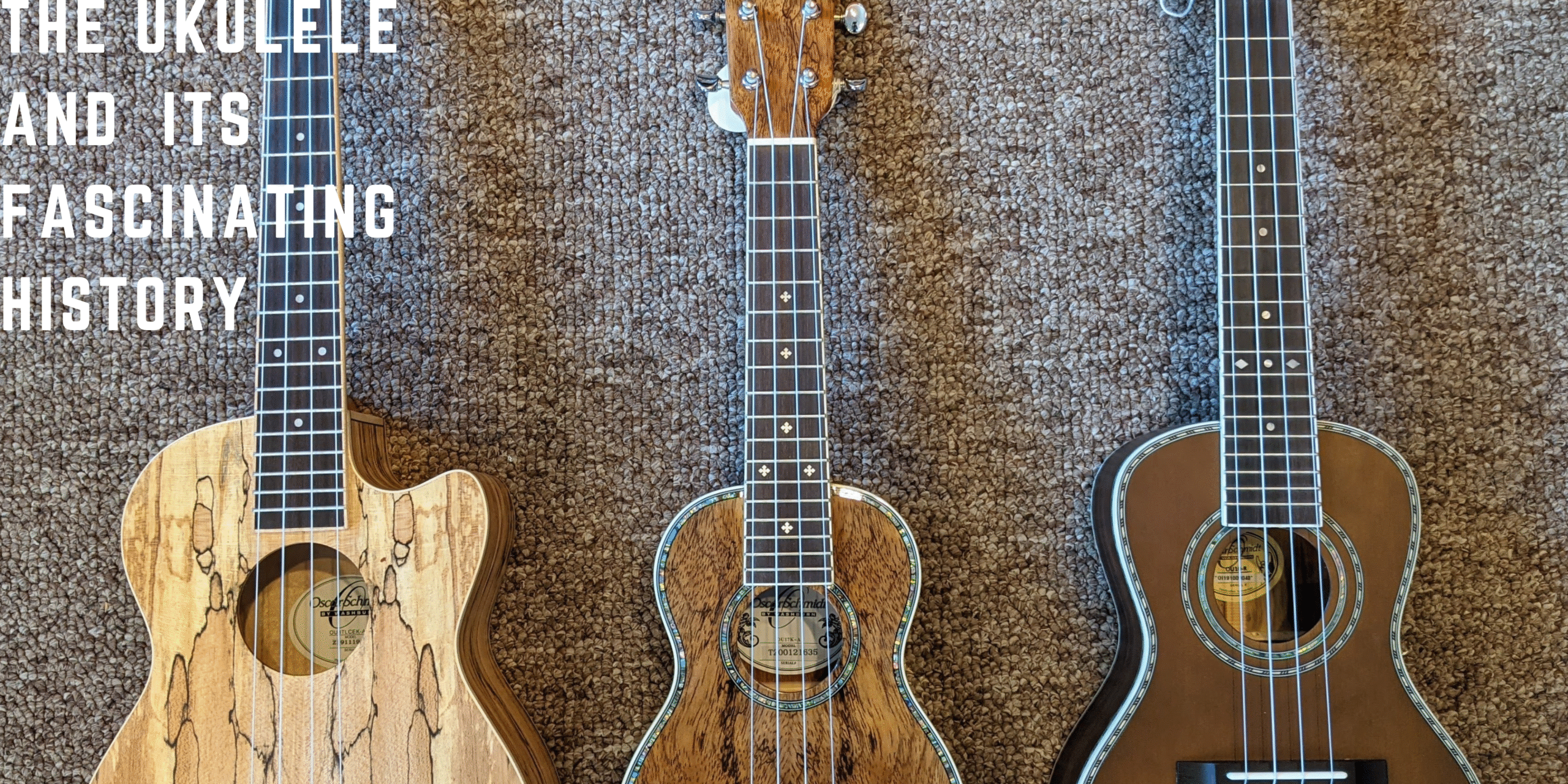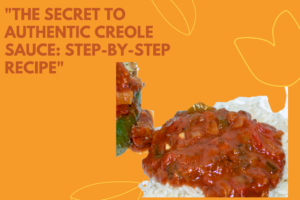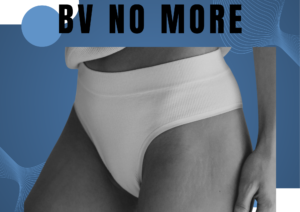
 The ukulele, a sweet-sounding little four-stringed instrument, not only won the hearts of musicians and audiences worldwide, but today, it is by and large the “world’s favorite instrument.” Its small size, affordability, and playability are popular with new and seasoned players. Where did this delightful instrument come from, then? The uke’s history is a colorful quilt of commerce and culture, invention and influence. Below, we’ll dive into the history of the ukulele, how it’s grown over the years, and some of the most commonly asked questions about its history.
The ukulele, a sweet-sounding little four-stringed instrument, not only won the hearts of musicians and audiences worldwide, but today, it is by and large the “world’s favorite instrument.” Its small size, affordability, and playability are popular with new and seasoned players. Where did this delightful instrument come from, then? The uke’s history is a colorful quilt of commerce and culture, invention and influence. Below, we’ll dive into the history of the ukulele, how it’s grown over the years, and some of the most commonly asked questions about its history.
Ukulele’s Begining: Hawaiian Treasure
The history of the ukulele begins in Hawaii in the 1800s, but it draws inspiration from Portugal. In 1879, a group of Portuguese from the island of Madeira immigrated for work to the Hawaiian Islands to work in the sugarcane industry. Some included experienced woodworkers and musicians João Fernandes, Manuel Nunes, and Augusto Dias. They also brought a small four-stringed instrument known as the machete (although also known as the cavaquinho or braguinha), which would later be adapted to become the ukulele.
The machete’s clear, sweet tones appealed immediately to native Hawaiians, already music- and dance-loving people. Some legend has it that João Fernandes, upon arriving in Honolulu, played the machete with such flair that locals nicknamed the instrument ”ukulele,” which translates to “jumping flea” in Hawaiian — perhaps a reference to the rapid finger movement on the strings. The ukulele had since been modified to complement Hawaiian musical tastes with size, construction, and tuning changes.
Hawaiian artisans, primarily Manuel Nunes, were quick to manufacture ukuleles on-island using Hawaiian koa wood, which possessed warm tonal attributes and beautiful grain. The ukulele soon became a Hawaiian icon, performing at gatherings, parties, and royal engagements. The legacy of the ukulele among the people they overthrew, the Hawaiians The love of Hawaiian kings for Hawaiian music and arts made a steady place in their kingdom for the ukulele; King David Kalākaua was a particularly avid supporter, featuring the instruments in royal performances, and thus strengthening the association between the ukulele and Hawaiian identity.
The Ukulele Goes Global: 20th Century Early.
The ukulele began to be more widely played outside of Hawaii in the first decades of the 20th century, which its enthusiasts credit to exposure to cultural expositions and the rise of mass media. The Panama-Pacific International Exposition in San Francisco in 1915 brought Hawaiian music and dance, including ukulele music, to a much larger audience of mainland Americans. Something about the instrument’s playful sound captivated the audience, and soon, ukulele sales surged on the mainland.
The 1920s saw the ukulele become an American cultural phenomenon that helped inspire the Jazz Age and fuel the early days of vaudeville. It was inexpensive, which made it popular with amateur musicians because it was affordable and an insignificant investment compared to the investment in a piano. Manufacturers such as Martin, Gibson, Harmony, and others started producing the ukuleles in large numbers, frequently substituting other woods like mahogany and spruce with koa.
The ukulele also penetrated the early Hollywood movies and radio broadcasts, further spreading its fame. At about the same time, performers such as Cliff “Ukulele Ike” Edwards, a vaudeville veteran and voice actor, had popularized the instrument with hits like “Singin’ in the Rain.” In the UK and Europe, this musical wave took local music halls by storm, and the ukulele became a popular musical act in theaters around the area, establishing its place in music hall performances and early pop music.
The 1950s: A Lull and a Comeback
The ukulele’s popularity dimmed in the 1930s and 40s in favor of big bands and, later, rock ’n’ roll sounds. The harmonica was seen as a novelty, overwhelmed by the electric guitar and other rising sounds. But it never completely went away. The ukulele was a cultural touchstone in Hawaii, and small pockets of enthusiasts globally continued the tradition.
There was a modest revival in the 1950s and the 1960s, owing to television and artists like the TV host Arthur Godfrey, who was a massive hit on his show when he played the ukulele. The folk music movement played a part, with folk musicians drawn to the ukulele’s simplicity and portability. Tiny Tim, for example, _brought the ukulele back into public awareness with his eccentric rendition of “Tiptoe Through the Tulips.”
A Modern-Day Ukulele Rebirth
The ukulele experienced a sharp revival in popularity in the late 20th and early 21st centuries and derived part of its identity as the third “wave” of its popularity. Several causes contributed to this revival:
Hawaiian Music Renaissance: A new interest in Hawaiian culture and music, among which artists led by Israel Kamakawiwoʻole, emerged in the 1990s and brought the ukulele to new popularity. Kamakawiwoʻole’s medley of “Somewhere Over the Rainbow/What a Wonderful World” was a global hit, demonstrating the emotive qualities of the ukulele.
Internet and Social Media: The invention of YouTube and the explosion of social media enabled ukulele players to share how-to’s, covers, and original songs with a worldwide audience. Performers like Jake Shimabukuro, whose virtuosic ukulele covers went viral, showed the instrument’s swashbuckling side and became an improbable inspiration to a new crop of uke players.
Accessibility and Community: The ukulele was beginner-friendly, and approachable fellow students made the ukulele scene appealing. Ukulele clubs and festivals proliferated worldwide, creating a community among players.
The ukulele is now a global phenomenon, and it is played in pop, indie, jazz, and classical music. Players like Billie Eilish, Twenty One Pilots, and Jason Mraz are among many who take the ukulele into modern music. As the first instrument to teach music in schools and music programs and its strong position in many arts, the ukulele is increasingly prevalent in popular culture.
The Ukulele’s Cultural Impact
The ukulele is not just an instrument — it’s a vehicle for joy, creativity, connection, community, and cultural synthesis. Its heritage is a mix of the Portuguese and Hawaiian cultures and an ability to accommodate each shift in the musical sense of direction. Whether from the royal Hawaiian courts or contemporary concert stages (with a few years of American railroad serenading in between), the ukulele has crossed eras and continents, making connections for people through music.
The ukulele is still an object of pride and identity in Hawai’i and is rarely heard in hula or traditional songs and chants. Internationally, it symbolizes access and inclusivity, inviting people from all walks of life and abilities to experience joy through making music. From shredding on the beach to rocking out in a packed stadium, the ukulele’s sunny sound now seems everywhere, turning up the joyful tunes.
FAQs About Ukulele History
What is the origin of the ukulele?
The ukulele developed in Hawaii in the 1880s and ’90s, initially a Hawaiian interpretation of the machete, a small guitar-like instrument descended from the cavaquinho, brought to Hawaii by Portuguese immigrants. Hawaiian artisans took it up as a cultural symbol.
Why is a ukulele called “jumping flea”?
The word “ukulele” means “jumping flea” in Hawaiian, and the instrument is thought to have been given its evocative name by players, including one João Fernandes, who wowed Hawaiians three decades after it landed there with his frenetic strumming.
When did the ukulele become popular in areas outside Hawaii?
The ukulele became very popular in the early 20th century, particularly after a 1915 world tour by Hawaiian ukulele player George E. Ka’ai. After the tour, the ukulele was introduced to the world outside Hawaii, with its popularity fueled by the Panama Pacific International Exposition in San Francisco.
How did King Kalākaua factor into the ukulele’s history?
The ukulele was standard in the U.S. after the Hawaiian King David Kalākaua became an avid fan and promoter of the instrument, featuring it in royal performances.
Why did the ukulele fall out of fashion in the middle of the 20th century?
The popularity of big band music, rock and roll , and electric guitars in the 1930s and 1940s overshadowed the ukulele, often seen as a novelty instrument.
What ignited a modern resurgence of interest in the ukulele?
The contemporary surge has been part of a broader wave of interest in Hawaiian music, artists such as Israel Kamakawiwoʻole, the popularity of online tutorials, and the instrument’s allure for beginners.
What materials are ukuleles made of?
Typical ukuleles have koa wood from Hawaii, which is the tonewood, giving the ukulele a warm sound and gorgeous grain. Contemporary ukuleles may be made of mahogany, spruce, and other woods.
That made pianos. So, to what extent has the ukulele shaped modern music?
Today, the vivacious instrument has been taken up by musicians in the modern pop, indie, and folk scenes, making it more prolific than ever, and musicians like Billie Eilish and Jake Shimabukuro have shown how diverse the instrument can be.
Are there a variety of ukuleles?
Yes, the ukuleles are different sizes , like soprano, concert, tenor, and baritone, and have different tones and playabilities. The soprano is considered the most traditional size.
Where can I find out about the history of the ukulele?
There’s detailed information in books such as The Ukulele: A History by Jim Tranquada and John King, online resources and websites by ukulele clubs and Hawaiian culture groups.
Conclusion
And yet, the ukulele’s transformation from a Portuguese immigrant’s instrument to a global musical icon is a testament to its appeal and malleability. Its history is one of cultural interplay, determination, and the universal language of music. From high-tailed hooks to lazy loops, the ukulele wants you to pick it up and play, even if you have just started learning. Take up the ukulele, learn a few chords, and find out why this “jumping flea” (a loose translation of its Hawaiian name) continues to jump into hearts around the globe.
Table of Contents
SEARCH HERE
CATEGORIES
RECENT POST



Advanced Mitochondrial Formula 2025: Can It Truly Recharge Your Energy Levels?

The Truth About Aquaponics 4 You (2025): Does It Actually Work?




Hepato Burn Supplement Review: What You Need to Know Before Buying



“The Ultimate Guide to Papillex: Natural Immune Support for HPV Relief”



Slim Down Naturally: The Truth About Plant-Based Fat Burner That Actually Work

TedsWoodworking Review 2025: Is It Worth It for Your DIY Projects?




“Immunotherapy vs. Chemotherapy: A New Era in Cancer Treatment”





“The Ultimate Guide to Hyperpigmentation Laser Treatment in 2025”


Is UV 7 Good for Tanning? What You Need to Know Before You Glow


Planning a Trip from New Windsor to Grand Canyon? Here’s What to Know


“Your Guide to the Closest Airports to Yosemite National Park”

“How to Create the Perfect Gluten-Free Chicken Soup for Cold Days”



“The Secret to Authentic Creole Sauce: Step-by-Step Recipe”


“Natural Weight Management Made Easy: Exploring Nagano Tonic”


Can Rosemary Oil Reverse Male Pattern Baldness? The Truth Revealed



ProvaDent Reviews & Complaints: Is This Supplement the Real Deal for Oral Health?

“Everything You Need to Know Before Buying the Clawsable Heated Cat House”

“Are Ryan’s Shed Plans Worth It? A Practical Guide for DIYers”


“Miracle Massage Wand and More: Exploring the Ageless Knees Method”

BV No More by Jennifer O’Brien: A Simple, Natural Approach to Tackling Bacterial Vaginosis (BV)

Unlock Your Dog’s Full Potential: A Complete Review of Brain Training for Dogs

“Neotonics Reviews: Pros, Cons, and What You Need to Know Before Buying”

“How to Lighten Dark Lips: Top Lip Lighteners and Remedies”

“Are Seed Probiotics Safe? A Look at Potential Side Effects”

“Liver Detox Juice: Ingredients, Benefits, and How to Make It”

“Rejuvenecimiento Facial: Transform Your Skin and Boost Your Confidence”

Everything You Need to Know About Field Roast Pepperoni: Taste, Texture, and Uses



Mini Bernedoodles: Health, Care, and Training Tips for New Owners

Exploring the Best Vegan Collagen Supplements for Healthy Aging

“Beyond Muscles: The Surprising Ways Creatine Boosts Your Health”

